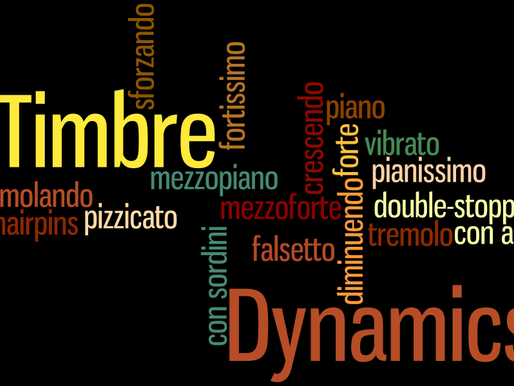Music Theory Resoucers, Piano Lessons, Uncategorized
The importance of defining dynamics when preparing our pieces
The Dynamics in music
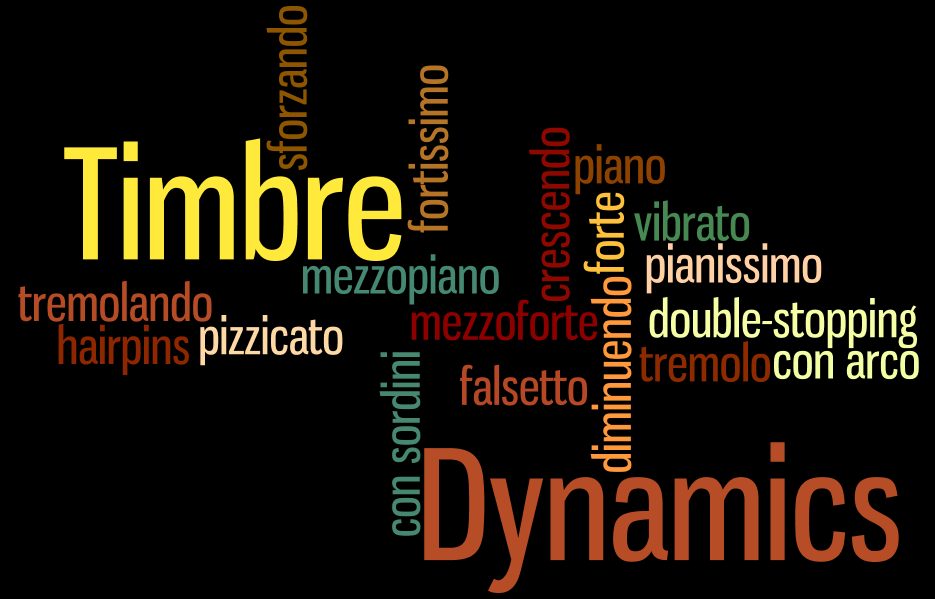
What does dynamics mean in music?
It is easy for us, performers, to forget about the importance of phrasing. Sometimes when dealing with pieces that are not particularly challenging, we can be tempted to ignore the importance of making musical sense out of them. Unreasonable as it might sound, this is the case of some advanced student performances.
There are several ways in which a phrase can be organized and these options will go in line with the style of each piece. In classism, contrasts are paramount. There is a particular way to deal with dual repetitions, another one to deal with sequences, and a different one to deal with codettas, for example. All these common practices derive from the particular characteristics of the instruments for which the pieces were composed originally.
The possibility of alternating keyboards and therefore timbres, shaped the way in which composers dealt with repetitions all together. In order to take full advantage of the instrument potential it made sense to repeat phrases twice, one using one register and another using a different keyboard and therefore sound.
When performing these type of pieces in the modern piano, we should try and emulate the effect of alternating timbres by alternating dynamics; for example, playing one repetition in f and another one in p.
Dynamics definition – Piano terms – Italian music terms:
Dynamics in music refers to how loud or soft is the music and how should be performance. These factors are expressed through different signs written on the score. These different signs vary according to what the composer wanted to express in his music. The terminology used to express these signs are represented the initials of Italian words. In the same way we can find some signs that represent the dynamic variety in music.
The “dynamics” of a piece are a set of technical rules on volume and note intensity control.Pianists and composers use dynamics to enhance and embellish the pieces, and they could be catalogued as “expressive elements of music”.
In order of lowest to highest the different dynamics levels we may encounter in a piece are:
- “PP” – Pianissimo or very quiet. In music, these are used to create a cloud of either mystery, softness, melancholy or sweetness to a piece.
- “P” – Piano or soft. This dynamic guides the pianist to play a little bit louder than the “PP”, however still in a soft manner.
- “MP” – Mezzo Piano or moderately quiet.
- “MF” – Mezzo forte or moderately stronger. This dynamic resembles the “MP”, however, it guides the pianist to play a bit louder.
- “F” – Forte or Loud. In this dynamic, the pianist will play loud. It is used on intense passages to enhance an idea of pure expression and passion. It is also a form of variation to differ between phrases.
- “FF” – Fortissimo or very loud. This one has the same effect as the “F”, but more intensely.
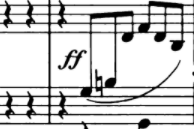
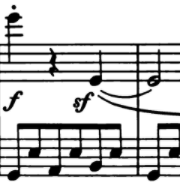
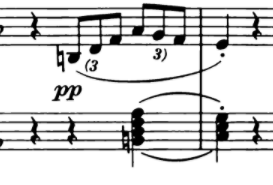
There are variations of these basic dynamics that extend to the extreme interpretation of a piece.
- “PPP” – Pianississimo or very very quiet.
- “FFF” – Fortississimo or very very forte.
- Piú Piano – More quiet
- Piú Forte – More loud
- “sF”/ Sforzando: Sudden accent on the note it appears.
Dynamics are not immobile, they also experiment with change and variation. To ensure a smooth transition from one dynamic to another we will see them written on the score:
- Crescendo – Growing or increasing the sound
- Decrescendo – Decreasing the sound.
- Diminuendo – Decreasing subtly the sound.
These dynamics are shown either written or by symbols like these:
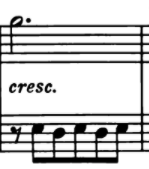


Examples from Beethoven Sonata op.10 n.1
One of the first composers in introducing the dynamic “cliff” effect of [p subito] was Beethoven. Of course we can find this indication in earlier composers, but he is the one who used it most assiduously.
We should also have into account other indications of tempo that can appear along the piece:
- Accelerando – increasing the speed gradually
- Desaccelerando/ Rallentando – decreasing the speed gradually
- Ritenuto – Slow down immediately
- Rubato – this expression literally means “robbing the time” and the time is on the interpreter, who gets to create an expressive effect
Or the tempo of the piece itself:
Lento, moderato, allegro, presto….
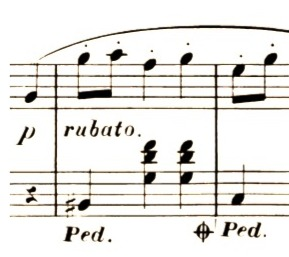
All of these piano terminology can be found more or less depending on the style and the composer of each time.
If we go for generalities, classical music is dynamically smooth, with a dynamic layout that resembles waves. This treatment of dynamics allows us to approach each phrase in a smooth and natural way.
On the other hand, in the romantic period, we might find more sudden changes in the dynamics and the tempo than in the classical period. Example of ,,Chopin Mazurka op.6
Defining the dynamic profile of a piece is decisive in order to forge the perception we have of the musical work. The technique will then accommodate the needs of expression.
In our next Piano Masterclass, we will try and go deep on these matters making sure we correlate syntactic structures with enhancing dynamics.
Anthony Elward’s contribution: Dynamics
While Tempi can be understood literally to a particular speed, dynamics are less straight forward to calculate.
We usually make an estimation of how loud or quiet we expect the sound to be. As there is no specific decibel level set, dynamics are relative: so we always go up or down a level as we change from one dynamic to the next.
pp/ pianissimo: very quiet
P / piano: quiet
mp/ mezzo piano: medium quiet
mf/ mezzo forte: medium loud
f/ forte: loud
ff/fortissimo: very loud
It is also possible to add more p’s of f’s to make the sound perceptively quieter or louder:
,ppp:
May be called pianissimamente or even pianississimo. Even pppp being pianissississimo. However this can be more confusing and gimmicky. Calling it ‘triple/ quadruple piano’ is easier to understand.
fff:
In a similar manner, this has been called fortississimo or fortissimamente. ‘triple f’ or ‘triple forte’ is easier to use.
Some brilliant examples of extreme dynamics used in compositions include Tchaikovsky 1812 Overture which ranges from pppppp to a large ffff (including cannons), or the Tchaiokovsky violin concerto. Ligeti’s piano etude, ‘The Devil’s Staircase‘, reaches an incredible ffffffff (8x fortes!!!).
https://www.youtube.com/watch?v=uoLam2O3gtY
Ps. Do not miss out on our other post explaining deeply every one of the tempo markings.
https://www.piano-composer-teacher-london.co.uk/post/tempo-terms-meanings-and-differences
#LondonPianoMasterclasses #dynamicsdefinitionmusic

